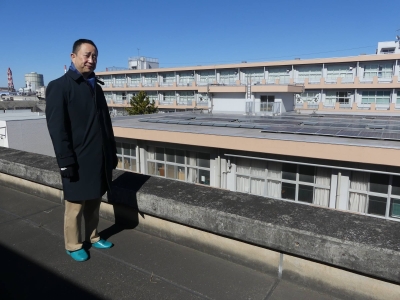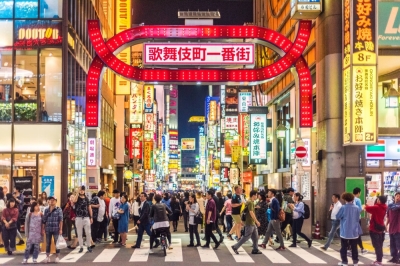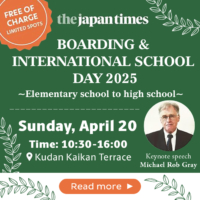This series explores topics surrounding women who began their careers in Japan around the time of the implementation of equal opportunities employment legislation in the mid-1980s. With many now reaching the age of retirement, it is hoped that their stories can provide insight and lessons for women in Japan’s professional world today.
When Tomoko Yoshino was appointed to lead Rengo — the Japanese Trade Union Confederation, Japan's largest and most influential trade union confederation — in 2021, it sent shock waves through the business world. Nothing about her background followed convention in a country known for its rigid adherence to precedent. Leadership transitions for Rengo, which has approximately 7 million members across various industries, typically adhered to an unwritten but strict hierarchy — one that Yoshino's appointment completely upended.
Japan's labor union structure operates as a three-tier pyramid: Rengo sits at the apex as the national center, followed by 46 industrial federations such as UA Zensen (which represents workers in several industries) and Jidosha Soren (the Confederation of Japan Automobile Workers’ Union), to which individual company unions belong, based on their industry. Regional federations representing Japan's 47 prefectures operate across these sector federations. This complex structure, developed over decades, ensures both industry-specific representation and regional coordination, making Rengo's president one of the most influential voices in Japanese labor relations.


















With your current subscription plan you can comment on stories. However, before writing your first comment, please create a display name in the Profile section of your subscriber account page.